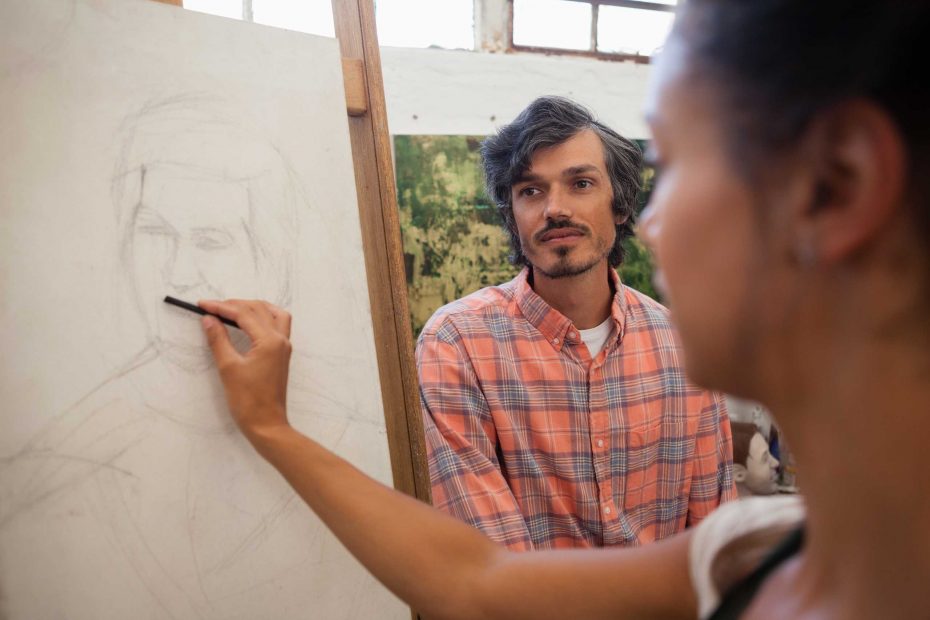The Role of Anatomy in Academic Drawing
Understanding anatomy is crucial for artists who want to create realistic figures and dynamic compositions. Academic drawing emphasizes studying bones, muscles, and movement to ensure that every figure is proportionate, balanced, and alive. Even stylized or abstract artwork benefits from a foundation in anatomical knowledge, as it informs the way artists interpret human and animal forms. Key Principles of Anatomical… The Role of Anatomy in Academic Drawing



